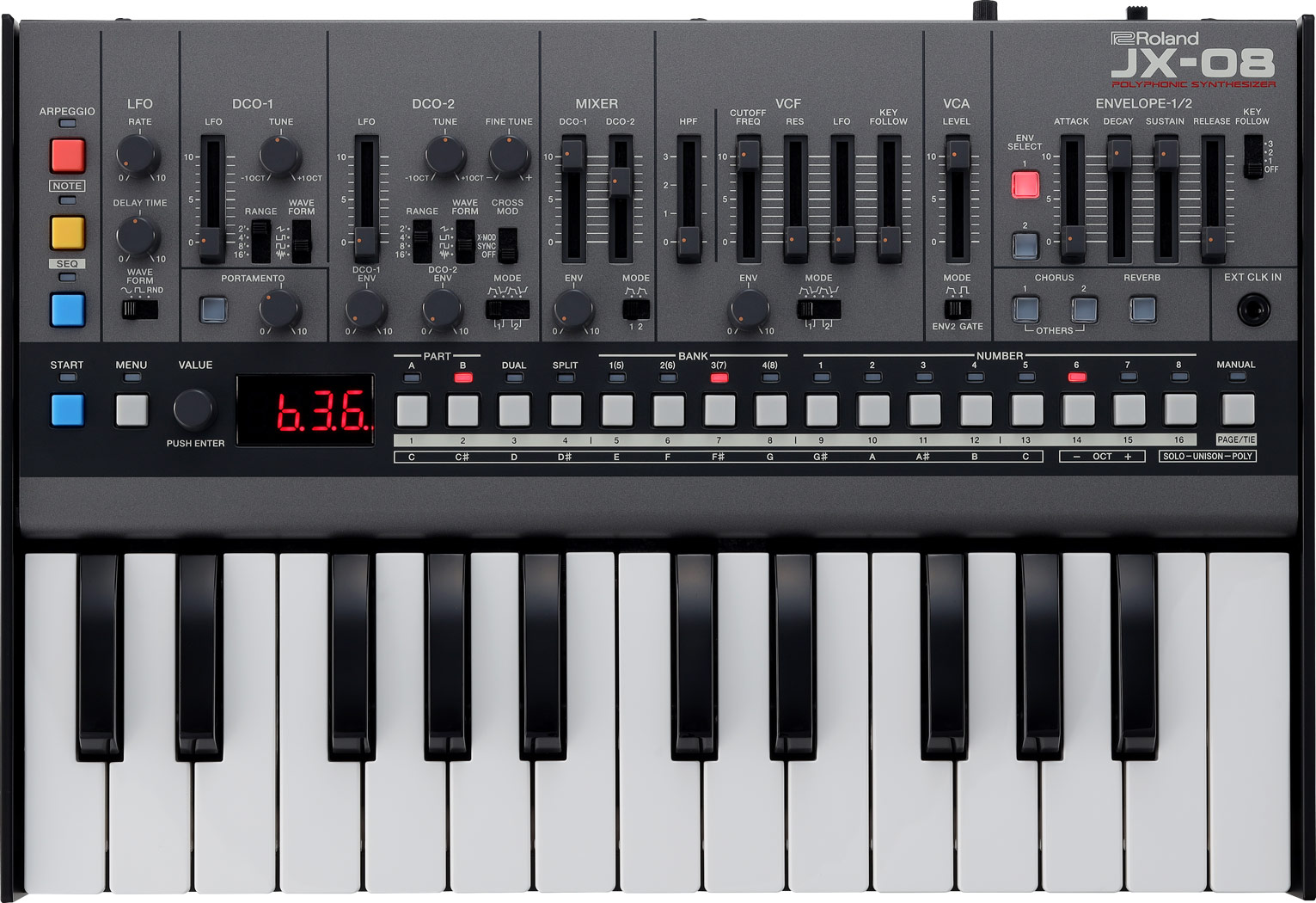

And recording is not restricted to track recording anymore, you can use independent recorders and start/stop them manually Audio & Event Recording can be done inside any MUX, also on deeper levels They can also be sequenced by a parent composer and/or by the host DAW Compositions can be played live via MIDI thanks to the new Note Event Actions Each composer has a Live Matrix for instant creative fun & inspiration
#Mulab front panel knob lfo meanings serial
You can combine serial / parallel / nested composers This means you can make a project with MuLab 9 App and open it in MuLab 9 Plugin in another DAW, and vice versa Both MuLab 9 App and MuLab 9 Plugin can open the same project files Thanks to the enhanced modularity also any hybrid combination of composers / synths / effects is possible And it also means that MuLab 9 Plugin can now function as a DAW This means that MuLab 9 App can now also function as a stand-alone synth or effect, even without composer BOM (See above for changes to the main PCB BOM.- MuLab and MUX Modular Plugin have merged into a single uniform architecture.It includes space for the attenuator pots for the FM 1 and PWM control voltages. Front panelĪ Kosmo format front panel is also provided. With these changes I find the effects of the PW pot on the PW CV attenuator and vice versa are negligible, and I get a pulse width range from the knob (with no CV) of about 7% to 91%. R58 and R59 (summing resistors) from 10k to 200k.R36 and R42 (fixed resistors at ends of R37) from 100k to 3.3k.Also, since the PW pot and its associated fixed resistors are large compared to the summing resistors, an attenuator on the PW CV (external or added to the front panel) will affect the behavior of the pulse width pot and vice versa. The PW CV input floats when nothing is plugged in, meaning that the pulse width and its range are different with no CV input versus with 0V CV input. Pulse width fixesĪs designed, the MFOS LFO has some undesireable behavior with the pulse width.
#Mulab front panel knob lfo meanings mod
Molex connectors are used to connect the sync mod to the panel controls and PCB. Wires from the terminal block connect to ☑2 V and ground on the MFOS board. The auxiliary board also has footprints for a Eurorack style power header with reversal protection diodes and bypass capacitors (which should be mounted there instead of on the MFOS board) and a terminal block. It should be adjusted until the triangle wave is at its maximum or minimum immediately after syncing. One resistor was made a trimmer to allow tuning the voltage to which the oscillator resets. 2N5458 was also found to work, J112 did not. Resistances were changed to accommodate the MFOS LFO's larger integrating capacitor, and I used J113 for the JFET instead of 2N3819. I added a switch to select whether to charge the triangle core to its maximum or minimum value, affecting where in each waveform sync occurs. This modification is based on Tim Parkhurst's sync mod. Other outputs also are synced at either the "beginning" or the "midpoint" (in time) of the waveform. This allows LFO modulation to begin in sync with e.g. A rising edge on this input resets the LFO's triangle core to either the maximum or the minimum peak (switch selectable). The other is an auxiliary PCB that adds a sync input as well as a Euro/Kosmo style power header. One mod is component value changes, described below, that correct some undesired behavior having to do with the pulse width. This is a couple of modifications for the MFOS VC LFO and a Kosmo format front panel. MFOS VC LFO sync mod, pulse width fix, and Kosmo panel


 0 kommentar(er)
0 kommentar(er)
